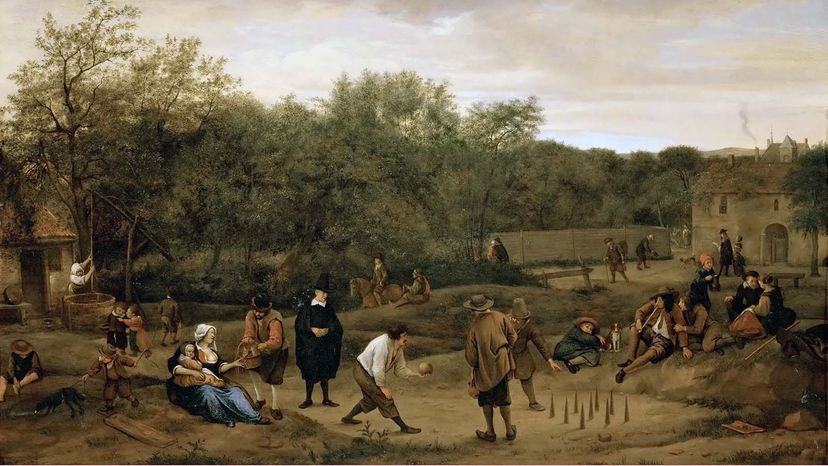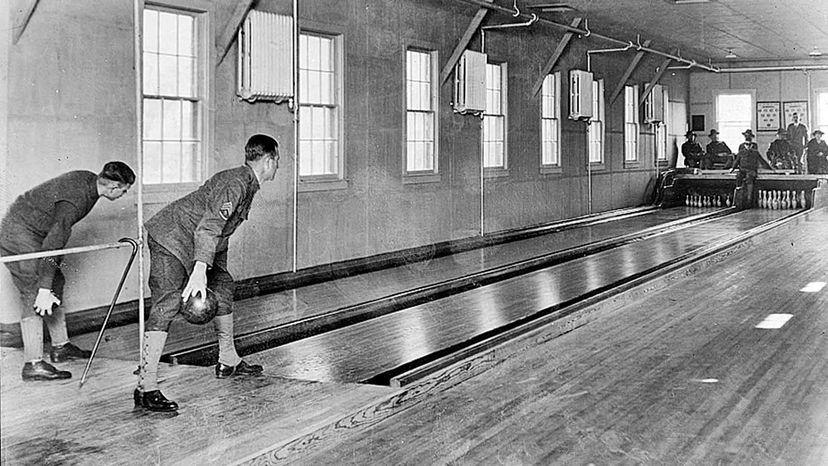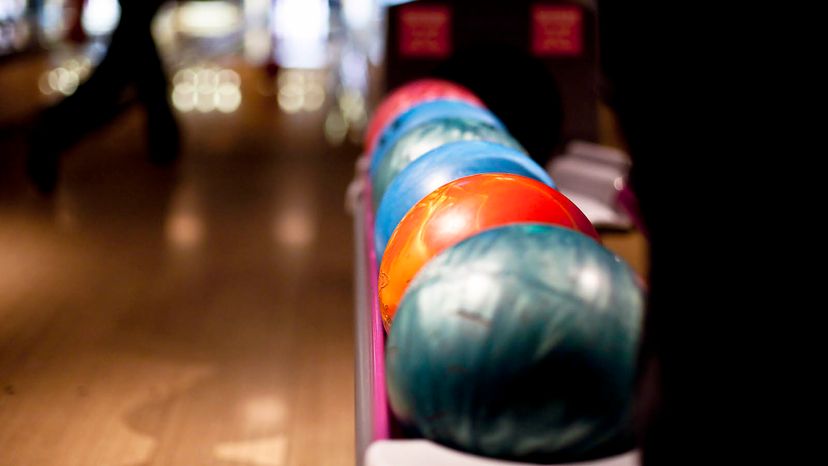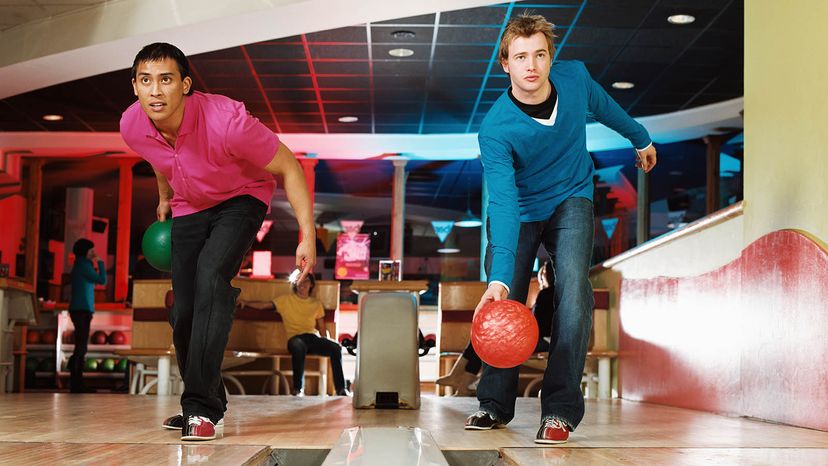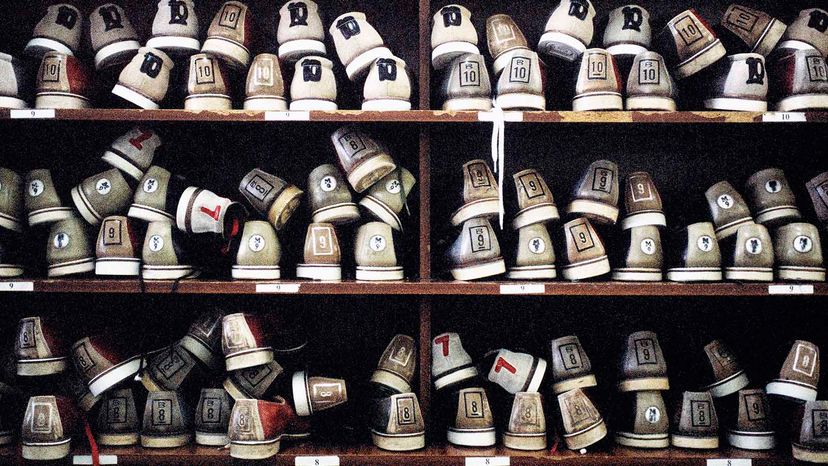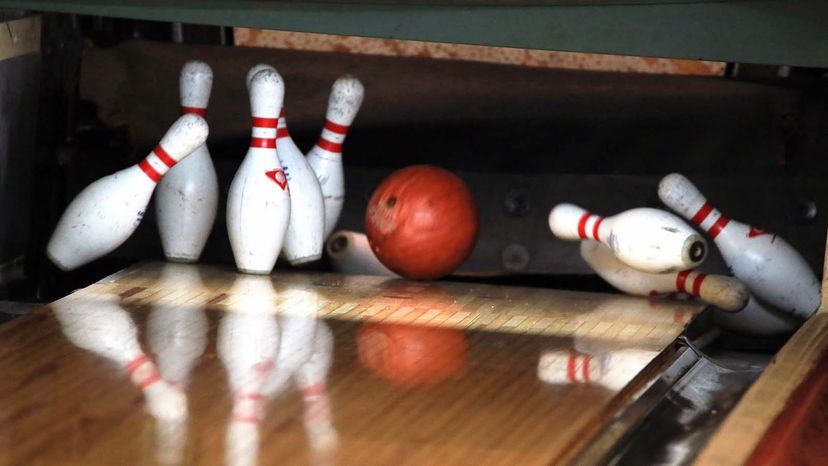
We all recognize the pins, balls and ugly shoes, but how much we all really know about bowling? Probably not much. It's a sport that — no matter your age or skill — you can pick up and play. And drink beer at the same time. What's not to love?
That's clearly part of why bowling is the No. 1 participatory sport in the U.S., according to the Bowling Proprietors' Association of America.
Advertisement
You might remember your parents' wild bowling league days (we can't all have parents who were at Woodstock), and others may have gotten their bowling educations watching Fred Flintstone and Barney Rubble bowl at The Water Buffalo Lodge. Whatever you know about the sport, chances are, you don't know it all. So read on for 12 striking facts about bowling.
